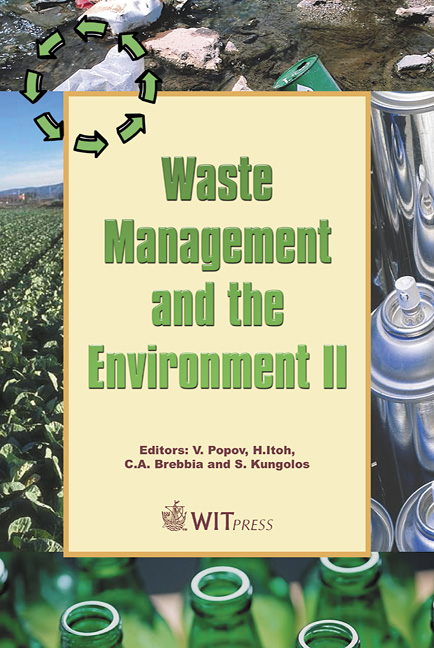Numerical Modeling Of Contaminant Dispersion From Underground Mine Repositories
Price
Free (open access)
Transaction
Volume
78
Pages
10
Published
2004
Size
2,051 kb
Paper DOI
10.2495/WM040191
Copyright
WIT Press
Author(s)
A. Peratta & V. Popov
Abstract
One of the tasks of the FP5 EC project Low Risk Disposal Technology (LowRiskDT) was to determine the capacity of reference mine repositories to provide safe and permanent isolation of chemical waste. Calculations were made of the isolating capacity of reference repositories in terms of the concentration of hazardous ion species appearing in the far-field groundwater. Relevant flow and dispersion models were applied to the reference cases representing different rock structures and flow path patterns. The release and migration of dissolved hazardous chemical species with special respect to groundwater protection are determined. A numerical tool has been developed that can be used for analysis of transport of contaminants from underground repositories. The tool can take into account fracture zones, non-homogeneous domains, and can be used to model the processes in the far field, near field and on the interface of the far field and near field. The waste-isolating capacity has been estimated for underground mines in two types of geological media: crystalline rock and limestone. The repository consists of a large room filled with hazardous waste embedded in clay, where in the case of crystalline host rock, there is also a tunnel extending from the room which is also used as a repository, and there a number of fracture zones that intersect the domain and some of them intersect the excavation-disturbed zone (EDZ). Two types of hazardous waste were considered: Dichlorvos and batteries/zinc, but in this paper only the results for Diclorvos are reported. Keywords: hazardous waste disposal, underground mines, numerical modelling. 1 Introduction This paper contains details on the safety assessment of the proposed LowRiskDT approach for disposal of hazardous waste in abandoned underground mines. The
Keywords
hazardous waste disposal, underground mines, numerical modelling.





